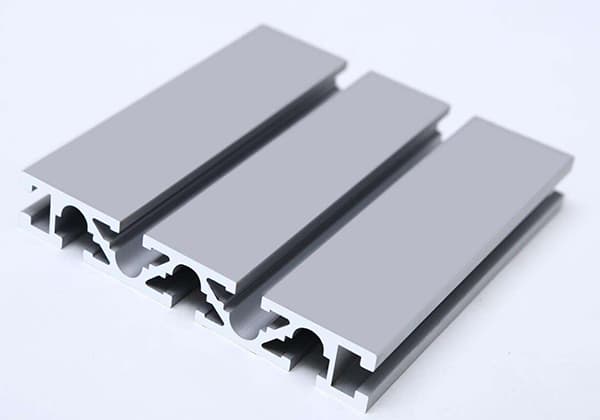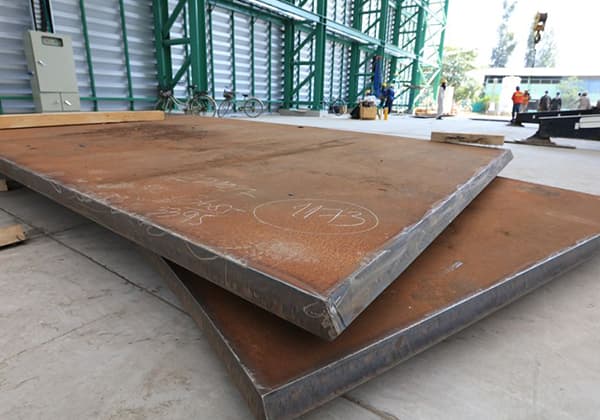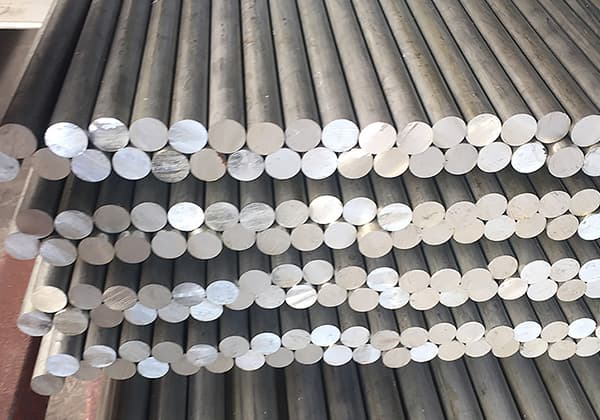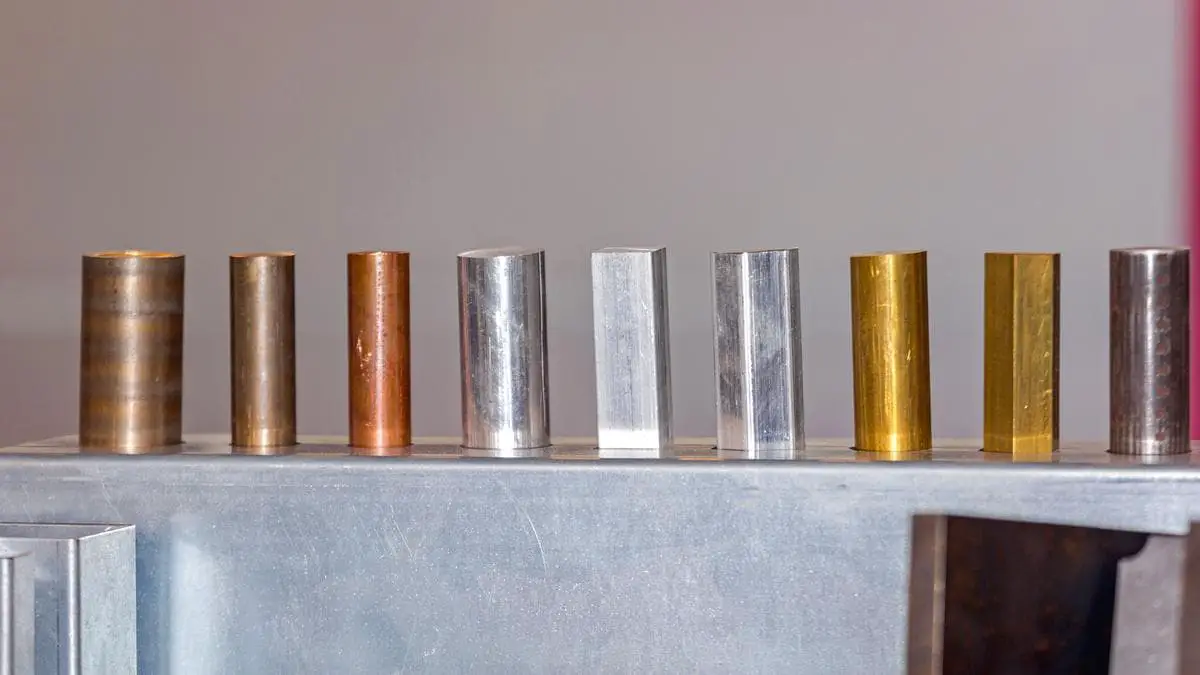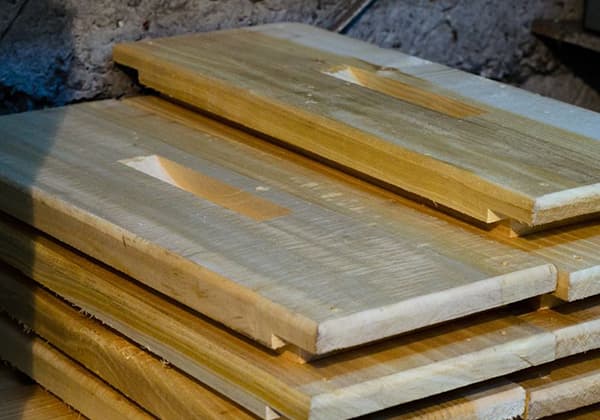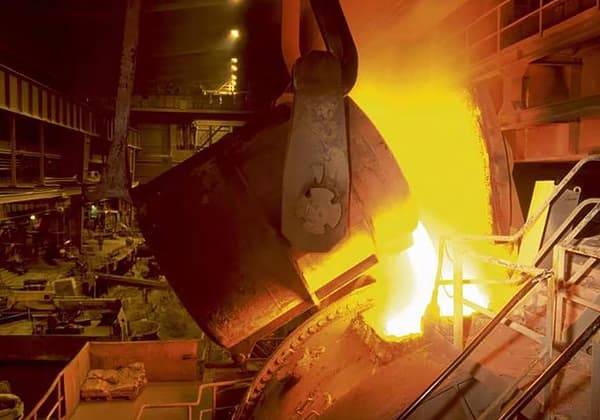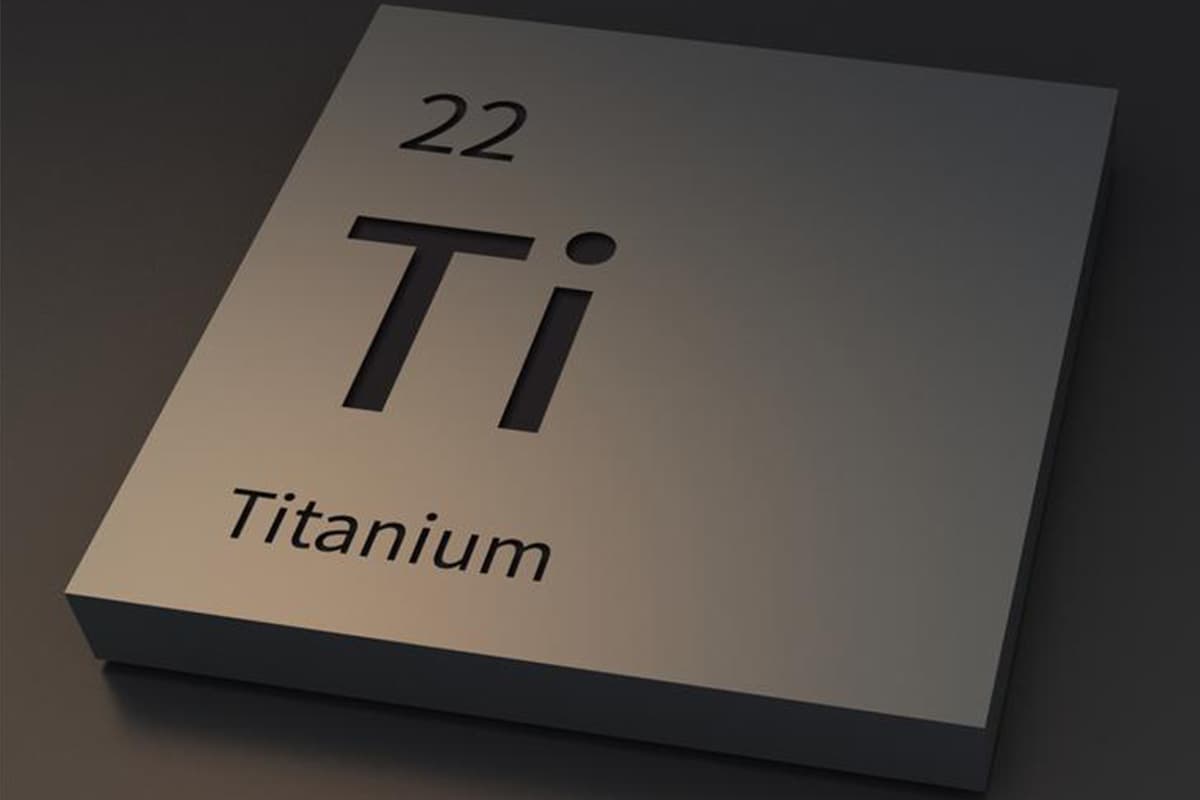
Have you ever wondered what makes modern spacecraft so efficient and durable? Magnesium alloys, with their remarkable properties, are revolutionizing aerospace engineering. This article explores how these lightweight yet strong materials enhance spacecraft performance, reduce fuel consumption, and endure the harsh conditions of space. Readers will discover the key benefits and applications of magnesium alloys in aerospace, gaining insights into why they are indispensable in this high-stakes industry.
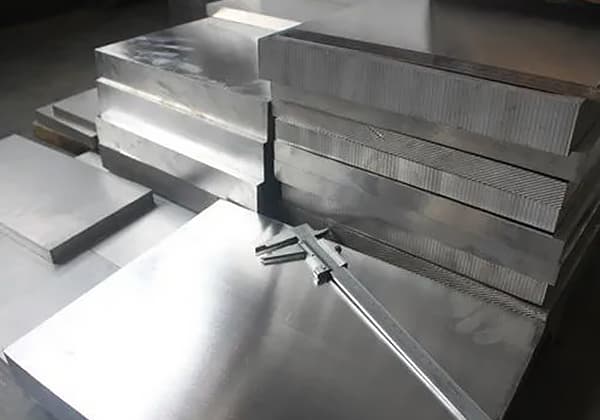
Since the beginning of the 20th century, the world has been swept by the tide of space exploration and major powers have entered the field.
The field of human space exploration has seen great development opportunities, from satellite manufacturing to manned spaceflight. However, despite our many achievements, we still face many difficulties and challenges and the research into various technologies is still in its early stages.
One of the significant difficulties in the aerospace field is the selection of aerospace materials, which greatly impacts its development.
This article aims to provide information on suitable metal alloy materials for the aerospace field and focuses on magnesium alloy.
After extensive exploration, magnesium alloy was chosen as a key component of aerospace materials. This article discusses the strict living environment requirements of spacecraft in space, the exceptional properties of magnesium alloys, and the reason why magnesium alloys are suitable for spacecraft manufacturing in the aerospace field.

Let’s dive right into it.
Magnesium is one of the lightest metals used in industry, and as a result, the developed magnesium alloy materials have become the lightest density of industrial metal alloys.
Related reading: World Top 10 Metal Strength Rankings

Germany began industrial production of magnesium alloys in the 1980s and first utilized them in automobile production in the 1930s. The Soviet Union followed suit and applied magnesium alloys to the aircraft production industry in the mid-1930s.
Due to the rapid rise in demand, every world power has placed significant importance on the development, research, and use of magnesium alloys through various research projects.
Magnesium alloys have several advantages, including low density, high specific strength, good thermal conductivity, and light weight. However, traditional processing methods can result in poor plasticity, so different casting methods have been developed to suit different applications.
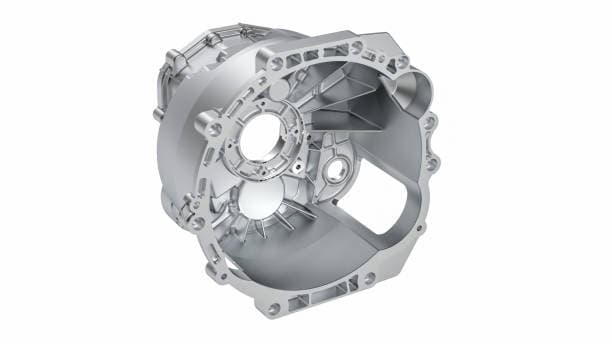
Currently, magnesium alloys play a crucial role in various research fields. In the automobile industry, they are widely used for components such as the directional control system, gearbox housing, instrument panel, engine hood, frame, door, and others in many developed countries.
In the field of electronic communication, the excellent characteristics of magnesium alloys make them ideal for use in lightweight and thin products, bringing hope for the development of ultra-light and ultra-thin products. Many commonly used electronic components, such as cameras, televisions, laptops, plasma displays, and mobile phones, are made of magnesium alloys.
In the medical field, the good corrosion resistance and chemical and physical stability of magnesium alloys make them ideal for use as clinical medical implants.
Magnesium alloys also play an important role in many other fields and their value is immeasurable.
For spacecraft materials, they must have excellent anti-aging and anti-corrosion properties, be able to withstand and adapt to the extreme space environment, and allow the spacecraft to survive stably in space. The basic requirements for these materials are high density, strength, and stiffness.
The use of magnesium alloy materials can reduce fuel consumption, improve flight distance, and extend flight time. Additionally, aircraft require higher specific strength and stiffness and must be able to withstand static and alternating loads caused by various factors such as takeoff and landing, maneuver flight, and gusts. Therefore, fatigue resistance is of great importance in aircraft materials.
Due to its light weight, specific strength, low density, good thermal conductivity, and other excellent characteristics, magnesium alloy materials meet the requirements for aerospace materials.

Japan, the United States, Britain, and other world powers are increasing their investment in magnesium alloy material research. Currently, all countries in the world are increasing their production of magnesium alloys.
China ranks first in the world in terms of magnesium resources, origin, and exports, and has the largest reserves of magnesium metal. However, there are still many challenges in the industrial production and manufacture of magnesium alloys in China.
The production technology of magnesium alloys in China is relatively outdated, leading to low productivity, high energy consumption, and reduced economic value. The export proportion of magnesium alloys in China is also low, with almost all exports produced according to foreign brands.
The key technologies and equipment used in magnesium alloy manufacturing and processing are rarely self-developed and instead adopt foreign advanced technologies and equipment.
Materials used in aerospace often need to meet requirements for ultra-high temperature, high temperature, and high vacuum. Under extreme conditions such as high pressure, strong corrosion, and weight, the materials need to have minimum volume and mass while still fulfilling their functional requirements.
Some materials need to operate in the atmosphere or in space for an extended period without maintenance, so they must have high reliability and quality assurance.
The performance requirements of aerospace materials vary based on their working environment.
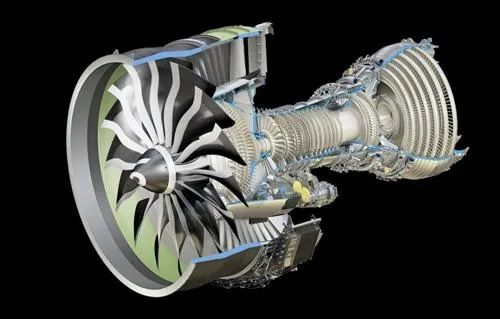
Spacecrafts experience aerodynamic heating in high-temperature environments, gas engines, and the sun’s radiation, which leads to a long exposure time in the air, sometimes at speeds up to three times the speed of sound.
Materials used in these environments must have high-temperature endurance strength, creep strength, thermal fatigue strength, air and oxidation resistance, and thermal corrosion resistance to corrosive media, with stable structures that can operate at high temperatures for an extended period.
Rocket engines can reach temperatures of over 3000°C and speeds of more than 10 Mach numbers. When the rocket engine mixes with the solid rocket fuel gas and solid particles, the head of the ballistic missile re-enters the atmosphere at speeds over 20 Mach numbers, sometimes resulting in particle erosion.
Therefore, high-temperature environments in the field of space technology usually involve high temperature and high-speed airflow, and particle erosion. In cases where materials need to be used for heat generation, high-temperature and high-viscosity materials are used in combination with physical properties such as heat and sublimation.
High temperature and solar radiation cause temperature fluctuations on the surfaces of satellites and airships in space, requiring temperature control and insulation coatings to maintain low temperatures for natural and low-temperature propellants.
When flying in the stratosphere at subsonic speeds, the surface temperature of aircraft drops to around 50°C. In the polar circle, winter temperatures can be below 40°C. To prevent embrittlement, components need metal or rubber tires. Liquid rockets use liquid oxygen (boiling point -183°C) and liquid hydrogen (boiling point -253°C) as propellants, which creates even more severe environmental conditions for materials.
Most metal materials and polymer materials become brittle under these conditions, but by developing or selecting appropriate materials, such as pure aluminum and aluminum alloys, titanium alloys, low-temperature steel, polytetrafluoroethylene, polyimide, and perfluoropolyether, the effects of various media and atmospheric environments on material corrosion and aging, temperature load-bearing capacity, and sealing problems of structures can be mitigated. This includes fuels (such as gasoline and kerosene) that come into contact with aerospace materials and rocket propellants, as well as various lubricating and hydraulic oils.
Related reading: Types of Aluminum and Aluminum Alloy
Most materials are prone to strong corrosion from both metal and non-metallic substances.
Under the influence of the sun’s radiation in the atmosphere, they expand and are further eroded by wind and rain.
Mold growth can greatly accelerate the aging process of polymer materials when stored in underground humid environments over a long period of time.
To be suitable for use in the aerospace industry, materials should exhibit good resistance to corrosion, aging, and mold.
The unique characteristics of the space environment include high vacuum (1.33 x 10 MPa) and cosmic ray irradiation.
In high vacuum, metal materials come into close contact with each other, as the surface is purified, causing the molecular diffusion process to speed up, resulting in the occurrence of “cold welding.
High vacuum and cosmic ray irradiation can cause non-metallic materials to rapidly volatilize and age.
In some cases, this can lead to the contamination of optical lens volatiles and the failure of seals due to aging.
Materials for use in space are typically selected and developed through simulations and tests conducted on the ground.
The goal of aircraft design is to choose materials that are as lightweight as possible while still providing absolute reliability, safety, and a margin for life. This is necessary for adaptation to the space environment.
When aircraft such as missiles or rockets are used only for a short period of time, the performance of materials is limited.
To fully utilize material strength and ensure safety, the “design principle of damage tolerance” is used for metal materials. This requires that materials not only have high specific strength, but also high fracture toughness.
Data such as crack initiation life and crack growth rate are determined for materials used under simulated conditions, and the allowable crack length and corresponding life are calculated.
Organic non-metallic materials must undergo natural aging and artificial accelerated aging tests to determine their life and insurance period. This is an important basis for design and production.
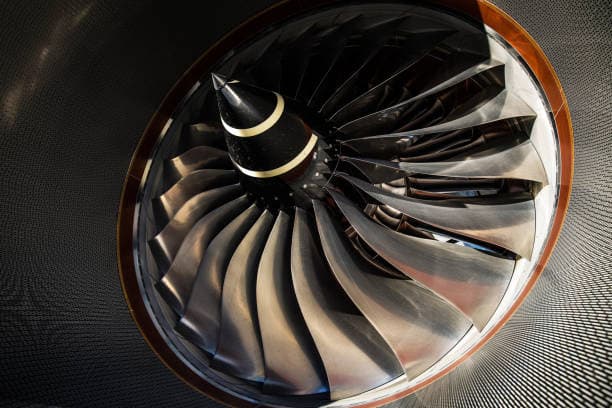
The challenge of reducing fuel load has long been a pressing issue in the aerospace industry.
Among available engineering metal alloys, magnesium alloy stands out with its low density of approximately 1.8g/cm3, which is about two-thirds that of aluminum and one-quarter that of steel.
This low density makes the use of magnesium alloy in aerospace feasible.
With the lightest specific gravity among all structural alloys, magnesium alloy allows for the reduction of weight in aluminum or iron parts without sacrificing strength.
Therefore, magnesium alloys, being lightweight, are widely used in aerospace applications.
Not only does this greatly reduce the weight of the aircraft fuselage, it also significantly reduces the fuel load, making a significant impact on aircraft flight.
Magnesium alloys have both high specific strength and density.
Compared to aluminum alloys and steel, magnesium alloys possess superior properties in terms of specific strength and density.
Therefore, magnesium alloy materials can be utilized in aircraft assembly to produce components that need to withstand heavy loads, such as spacecraft cabins and engine parts.
Compared to other alloys, magnesium alloys have a clear advantage in terms of heat dissipation.
This is because the difference in air temperature between the base and the top of a heat sink made of magnesium alloy is significantly greater than that of heat sinks made from other alloys, leading to faster air diffusion in the convection radiator and greatly improving the radiator’s heat dissipation efficiency.
At a constant temperature, a radiator made of magnesium alloy takes half as long to dissipate heat as one made of aluminum alloy.
In the elastic range, when subjected to impact, magnesium alloys experience relatively small elastic deformation and absorb a large amount of energy, leading to reduced vibration during impact.
As a result, magnesium alloys have good shock absorption capacity.
This also leads to a reduction in the noise generated by collisions, making magnesium alloys possess excellent noise reduction performance. This can effectively mitigate various adverse effects of noise on aircraft.
The exceptional shock absorption and noise reduction capabilities of magnesium alloys are critical in ensuring aircraft safety.
In the early 1900s, die casting technology was applied to form magnesium alloy materials.
However, traditional die casting methods had limitations in removing surface defects and improving the internal quality of castings. As a result, efforts have been made to improve the process and advance magnesium alloy die casting technology.
Magnesium alloys have favorable remolding properties, making them ideal for manufacturing structural parts with complex shapes and small load-bearing capacity, such as engine accessories and brakes.
The impact of various media and atmospheric conditions on materials primarily manifests as corrosion and aging.
Aerospace materials are exposed to contact with aircraft fuels (such as gasoline and kerosene), rocket propellants (such as concentrated nitric acid, nitrogen tetroxide, and hydrazine), various lubricants, and hydraulic oil, among others.
Most of these substances have strong corrosive or expansive effects on both metal and non-metallic materials.
The aging process of polymer materials can be hastened by prolonged exposure to mold in the atmosphere, mold erosion caused by wind and rain, and mold in underground humid environments.
Therefore, resistance to corrosion, aging, and mold are essential properties of aerospace materials.
Magnesium, being the most reactive metal, makes magnesium alloys susceptible to corrosion due to reactions on their surface, causing significant damage.
As a result, the protection of magnesium alloys’ surfaces is of great importance.
In the past, magnesium alloys were primarily protected through chemical oxidation, but with the rapid development of anodic oxidation technology in the 1980s, this method has replaced traditional chemical oxidation.
In the research on the atmosphere casting technology of CO2+SF6 gas and the protection mechanism of the SF6 gas magnesium alloy matrix, it is found that a layer of priority and the film form of Mg will be generated on the magnesium alloy surface.
F ions can be used as the medium particles of MgO and the internal liquid Mg to further generate MgF2.
The material will protect the existence between the film and the matrix, making the protective film more compact.
Due to environmental problems, researchers are further looking for other gases with less pollution and also containing F to replace SF6.
Magnesium alloys are highly susceptible to corrosion from many alkaline substances, whereas spacecraft have strong stability in alkaline environments.
Magnesium alloys exhibit strong stability in some organic compounds, such as gasoline and kerosene.
Therefore, magnesium alloys can be utilized in the manufacture of fuel tanks for gasoline and kerosene, as well as components that come into contact with gasoline, such as engine gears and brakes.
Magnesium alloy products are widely used in both civilian and military aircraft, particularly bombers. For instance, the body of the B-25 bomber is constructed from magnesium alloy, with 90kg of extruded parts and over 200kg of castings.
Magnesium alloys are also utilized in missiles and some satellite components, such as the instrument cabin, tail cabin, and engine support of China’s Red Flag surface-to-air missile.
Other metal materials are prone to melting in certain high-temperature areas in space.
The high temperature resistance of magnesium alloys ensures that they can withstand high temperatures.
At the same time, aluminum alloys have the ability to adapt to low temperature environments and exhibit strong thermal insulation properties, protecting the normal operation of aircraft internal components.
Magnesium alloys also have good mechanical properties at high temperatures, and exhibit excellent mechanical properties in space, providing a solid foundation for space flight.
In the aerospace industry, material requirements for aircraft production are extremely stringent, and every part of the aircraft must meet strict standards.
Meeting these requirements with industrial materials can be challenging. However, the outstanding properties of magnesium alloys align well with the needs of the aerospace industry for spacecraft manufacturing materials.
Magnesium alloys are well suited for a wide range of applications, from body parts to engine parts.
The high density of magnesium significantly reduces the fuel load of spacecraft, allowing for longer flight times.
The high specific strength and specific stiffness ensure the stability of the spacecraft and provide excellent defense capabilities in space.
Its good modification properties support the manufacture of spacecraft components.
Its high damping effect provides a reliable guarantee for spacecraft.
With its corrosion resistance, high temperature resistance, and strong compatibility with aluminum alloys, magnesium alloys have strong potential in space.
The outstanding properties of magnesium alloys make it an important player in the aerospace industry.

